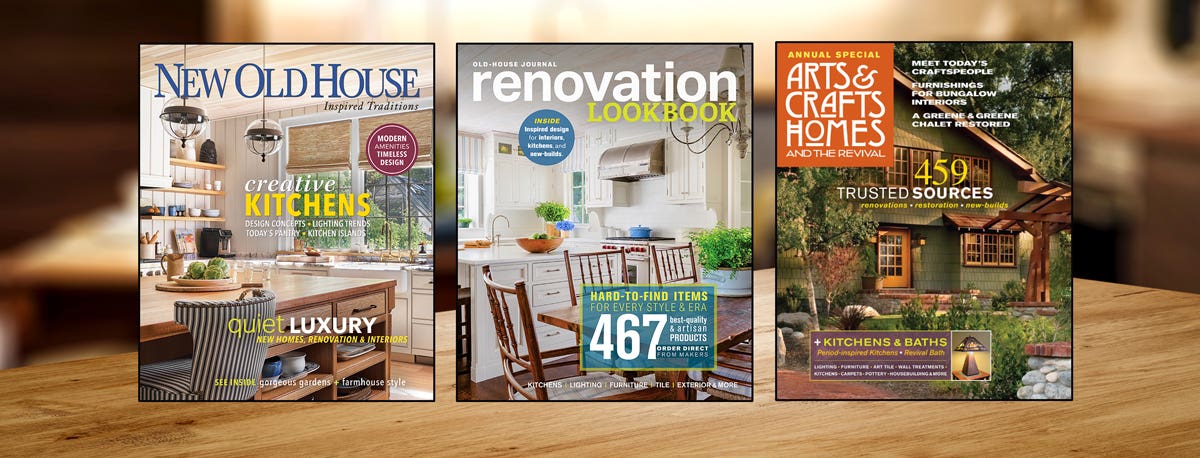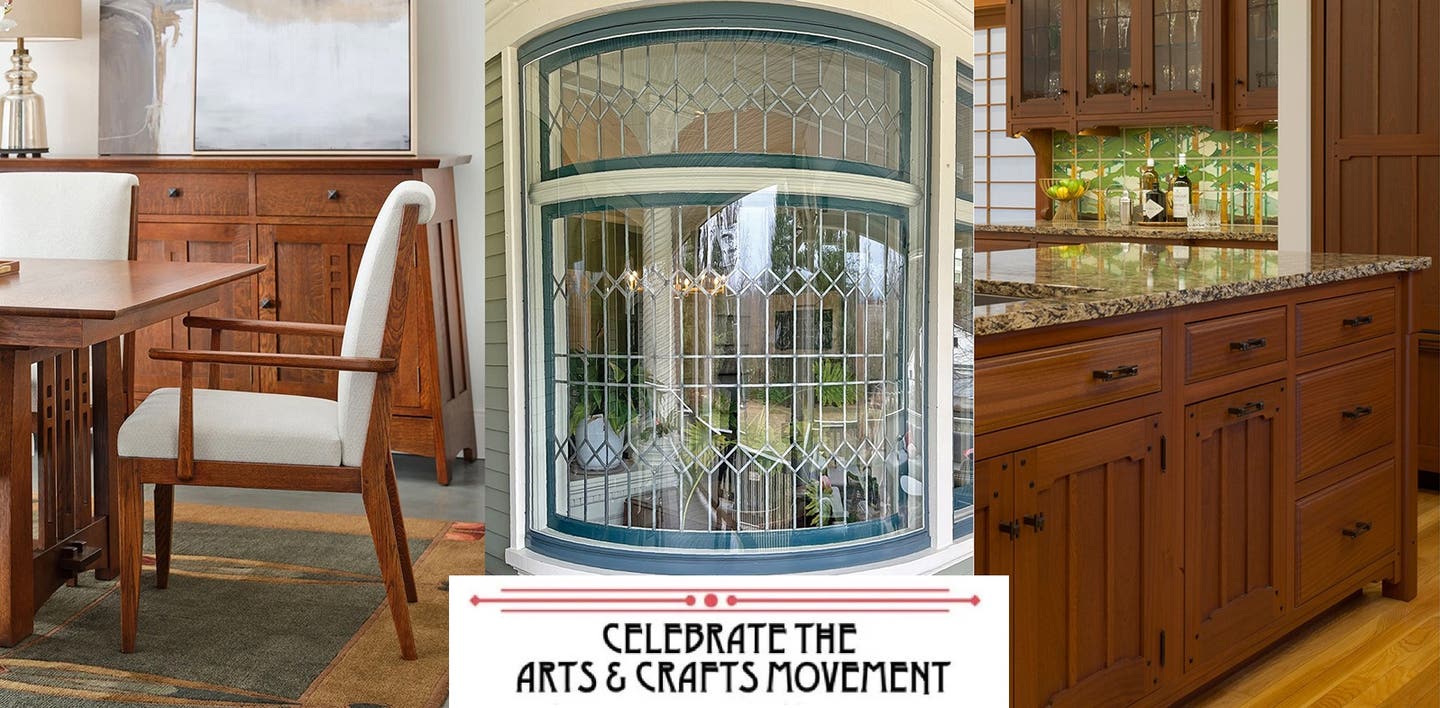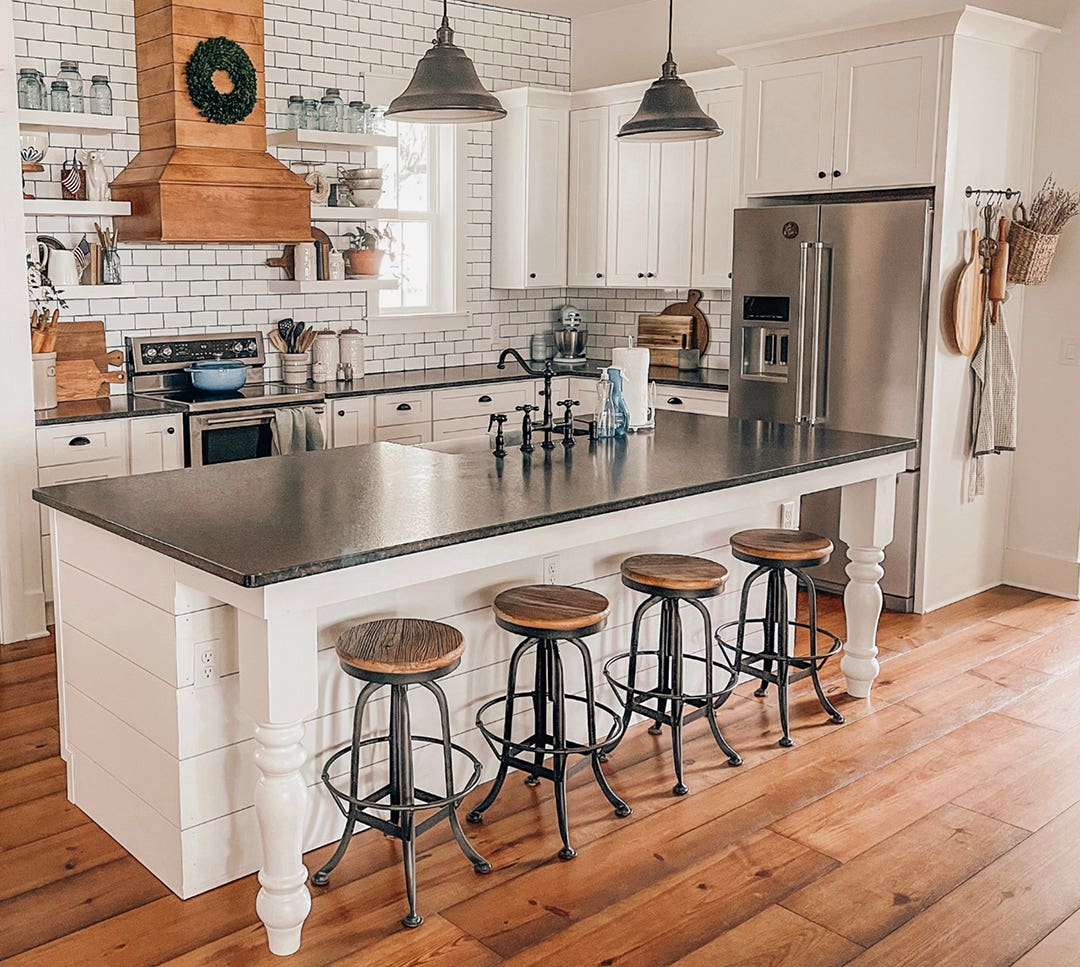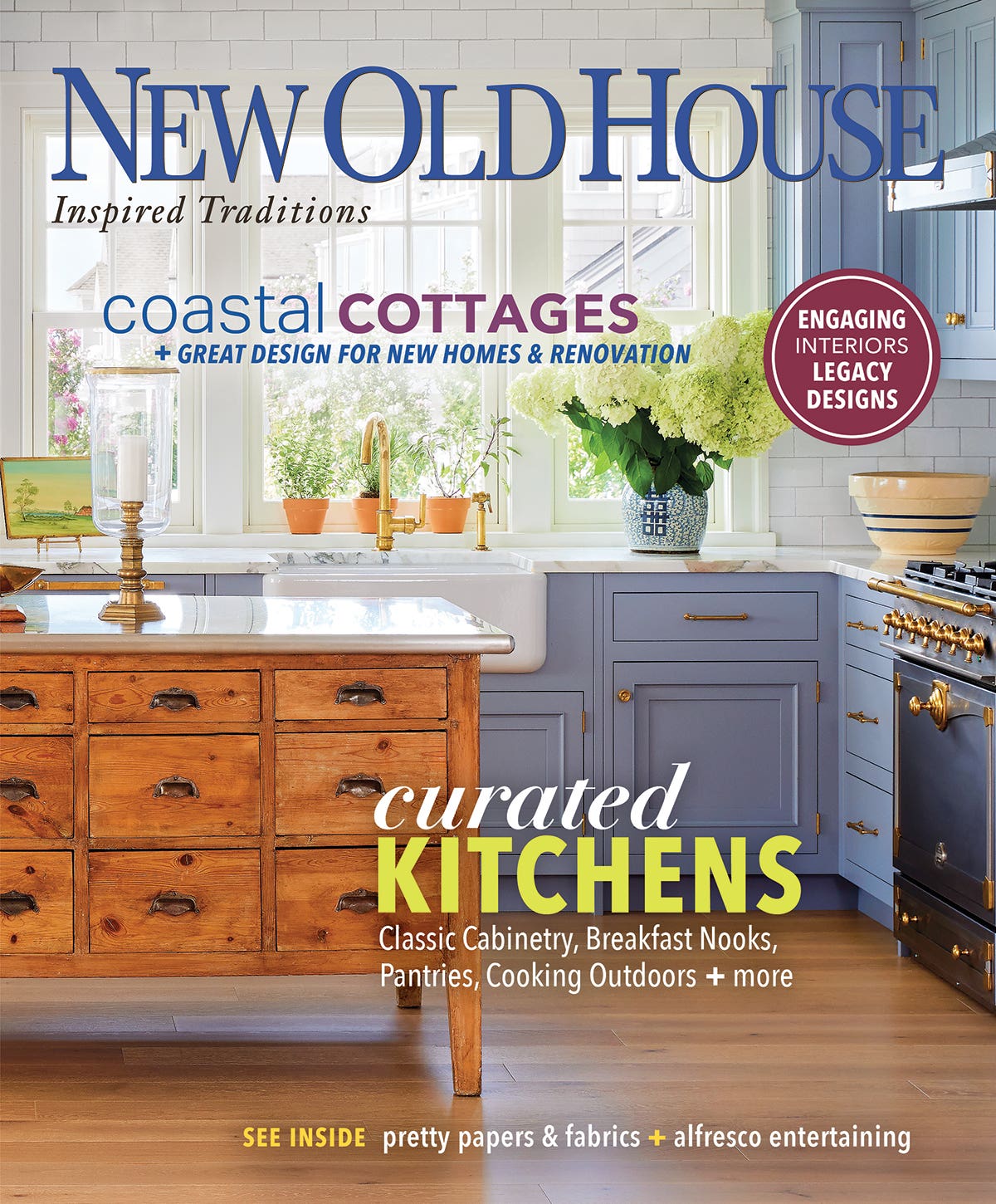Three Artisans Working Today
Meet three people working in the old ways: a third-generation metalworker, a fine furniture maker, and an artist in glass.
First, a family tradition. Raised amidst anvils and irons, tongs and chisels, vises and punches, Clare Yellin didn’t exactly have a traditional upbringing. She is the granddaughter of Samuel Yellin, who is considered one of the greatest metal artisans of the 20th century and a luminary of the American Arts & Crafts movement. Some of her earliest memories are of immense foliate gates and intricate iron grilles; heavy medieval locks and keys; fantastic griffins and animal heads.
Clare’s grandfather had been trained in Poland by a master Russian ironworker; after he came to Philadelphia in 1906, it wasn’t long before his expertise was recognized. Samuel Yellin opened his own studio in 1909 and was active until his death in 1940, employing over 200 workers during his peak in the 1920s and ’30s. Today Clare, a designer and metalworker, has seen a revival of the craft and the company.
Samuel Yellin died in 1940 and his son Harvey took over the business. By then interest in metalwork had declined; World War II and the Modern Movement further eroded the business. When Harvey died in 1985, his daughter Clare stepped in just as the Arts & Crafts Revival was gaining momentum. The Yellin studio recently moved to a suburb of Philadelphia and is operated along with the forge and workshop of M. Cohen and Sons—a company that began their business working for Samuel Yellin in the 1920s.
Clare has studied the extensive archives left by her grandfather—over 3,500 sketches and designs and 5,000 photographs, along with 400 samples and ironwork experiments. She has made meticulous reproductions of Samuel Yellin’s work as well as new designs of her own, including sconces and lamps and a delicate iron table.
This family business has been in continuous operation for 99 years. Besides many significant commissions, the studio undertakes conservation and restoration of items by such designers as Sullivan, Tiffany, and Wright.
Samuel Yellin Metalworks Co. Bryn Mawr, PA: (610) 527 2334, samuelyellin.com
What makes a fine furniture maker part of the Arts & Crafts Revival? It is not so much style—although many of Michael Colca's pieces show the influence of Japanese design and the reform movements. It is more approach and execution.
“I embrace the design philosophy of Greene and Greene,��� Michael explains, “—not their style, but their emphasis on structural components: dovetail joinery, mortise-and-tenon, techniques used to bring two elements together that creates integral ornamentation, not a curlicue add-on.” Colca insists that furniture design begins with proportion, not only of the overall form, but also pulls, drawers, stiles—all scaled.
He admits that he’s “obsessed” with craftsmanship: every piece is fine-sanded, panels are book-matched, catches are handmade, drawer glides are wood on wood, polished and waxed. Colca treasures American black cherry, a tight-grained and stable wood. The subtlety of its color ages it with a rich, deep patina. “It’s the wood that gives the work soul, not gimmicks.”
A butcher’s son, Michael absorbed the fine points of customer relations at the family grocery store as a child. “When I look at really well-made furniture," he said, "It makes me feel good about people. It's affirmation that the person who made it really cared.
"I want to be the person who creates the piece that makes you feel good about humanity," he says.
Michael Colca Driftwood, TX: (800) 972-5940, michaelcolca.com
Geometry is the language of architecture, whether it be ancient Egyptian, Native American, Prairie School, De Stijl, or Art Deco,” says designer and artist Arthur Stern. Drawing inspiration from the designs of Frank Lloyd Wright, Stern’s work is part of the American glass tradition. He’s also influenced by German post-war glass designers Johannes Schreiter, Ludwig Schaffrath, and Jochem Poensgen. “I’m a designer first, an artist second,” he says.
With installations in 35 states and in Japan, Stern creates pieces that are part of the architecture. “The volumetric progressions, proportions, and materials of the house focus my intentions . . . combined with the criteria set by the architect and client, I have a good departure point for my design.”
Stern is also a leading expert on Prairie School design and the restoration of the period’s art glass. His studios have restored or replicated windows by Frank Lloyd Wright, Louis Sullivan, and Marion Mahoney. He created leaded windows, previously unexecuted, from Wright’s original blueprints for the Storer House in Hollywood, Cal., and restored windows for the Darwin Martin House.
Born in Pittsburgh, and working from his studio in the San Francisco Bay Area since 1976, Stern has a strong background in architecture and a degree in environmental design. Projects include architectural commissions (site-specific work for residential, religious, and public buildings); screens in leaded glass; and works for sale: autonomous (non-commissioned) art “exploring a personal abstract language” in various media (glass, oil pastels on paper, mixed media on canvas, prints, and sculpture in wood and glass).
Arthur Stern Studios Benicia, CA: (707) 745-8480, arthurstern.com
Patricia Poore is Editor-in-chief of Old House Journal and Arts & Crafts Homes, as well as editorial director at Active Interest Media’s Home Group, overseeing New Old House, Traditional Building, and special-interest publications.
Poore joined Old House Journal when it was a Brooklyn-brownstoner newsletter in the late 1970s. She became owner and publisher and, except for the years 2002–2013, has been its editor. Poore founded the magazines Old-House Interiors (1995–2013) and Early Homes (2004–2017); their content is now available online and folded into Old-House Journal’s wider coverage. Poore also created GARBAGE magazine (1989–1994), the first unaffiliated environmental consumer magazine.
Poore has participated, hands-on, in several restorations, including her own homes: a 1911 brownstone in Park Slope, Brooklyn, and a 1904 Tudor–Shingle Style house in Gloucester, Massachusetts, where she brought up her boys and their wonderful dogs.







